#70 in Vietnam
Rau Câu: Basic Information
Pronunciation
Alternative Name(s)
Dish Type
Course
Mealtime
Popular Rau Câu Variations
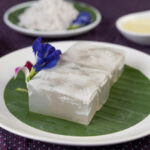
Rau Câu Dừa
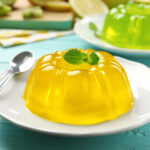
Rau Câu Trái Cây
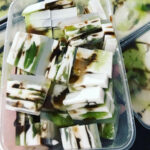
Rau Câu Sơn Thuỷ
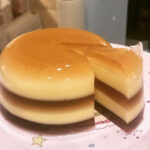
Rau Câu Bánh Flan
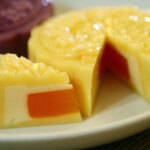
Bánh Trung Thu Rau Câu
Rau Câu: Ingredients and Preparation
Main Ingredients
Main Cooking Method
Preparation Process
Rau Câu: A Deep Dive
Cultural Significance
Taste
Texture
Aroma
Color
Serving Style
Serving Temperature
Accompaniment
Occasions
Seasons
Special Diets
Calories
Popularity
Popular Similar Dishes
- Grass Jelly
- Panna Cotta
- Raindrop Cake
Popular Dining Area
Rau câu, also known as thạch, thạch rau câu, or đông sương (in the Central part of Vietnam), is a Vietnamese dessert mainly made from gelatin or other vegan substitute for gelatin (e.g., agar).
In English, rau câu is also known as jelly/agar jelly, jelly dessert, or gelatin dessert.
As these substances are mild in flavor and colorless, rau câu also contains other components like milk, fruits, flavorings, coloring, or additives.
It requires a mold to make this sweet as well. Therefore, it can come in various styles, forms, and flavors.
In Vietnam, locals normally use commercial jelly powder to make rau câu. It is served cold as a sweet dessert, so it’s especially popular in the summer in this country.
The above is just basic information about rau câu. In the following parts, you’ll explore deeper about it with different topics like types of rau câu powder used in Vietnamese cuisine, the process of making it, and popular styles.
Additionally, rau câu has both health benefits and drawbacks that you need to consider.
In case you have other concerns about it, check the commonly asked questions part, and finally, don’t skip some dishes that share similarities with this Vietnamese treat for more choices.
Key Points
Rau Câu Images
What Are the Popular Types of Rau Câu Powder in Vietnam?
In Vietnam, there are four common types of powder to make rau câu. Each is derived from different substances and has distinctive characteristics.
| Types | Made From | Characteristics |
|---|---|---|
| Crispy Agar Powder | Derived from red algae Gracilaria or Gelidium in Japan. | The most common type of powder for making rau câu in Vietnam. Firm texture with strong binding properties. Ideal to make jellies, puddings, and custards. |
| Elastic Agar Powder | Made from Kappaphycus alvarezii (a species of red algae) | Also known as carrageenan powder, jelly agar powder, or coconut agar powder. Soft and elastic texture, not excessively sticky. Often used for making coconut jelly. |
| Pre-Mixed Agar Powder | Mainly extracted from the Konjac plant (a natural food source with no artificial colors) | Firm and chewy texture. Suitable for making jelly served in milk tea. |
| Gelatin Powder | Derived from collagen found in animal bones and skin. | Effective binder for food, ideal for making rau câu. Also available in sheet form. |
These are the main components of rau câu. Next, let’s see the making process of this well-loved sweet treat.
How To Make Rau Câu?
Whether you are a beginner or a professional cook, this guide will walk you through the process of making rau câu with six simple steps.
Step 1: Mix Ingredients
In a saucepan, combine rau câu powder, water, and sugar. Stir until dissolved.
Step 2: Heat and Boil
Place the saucepan over medium heat and bring the mixture to a gentle boil, stirring constantly. Simmer until all ingredients are completely dissolved.
Step 3: Add Flavor or Coloring
Mix desired flavorings (e.g., milk, coffee, fruit extracts, etc.) or optional coloring.
Step 4: Pour into Molds
Carefully pour the hot mixture into prepared molds.
Step 5: Cool and Set
Allow molds to cool at room temperature, then refrigerate to set for a few hours so the dessert can be set.
Step 6: Unmold and Serve
Gently unmold the set rau câu by running a knife around the edges and flipping it onto a plate. Serve cold.
After knowing how to prepare rau câu, you can refer to some Vietnamese-style jelly if you want to make it at home and experience the authentic flavor of these desserts.
What Are Common Styles Of Vietnamese Rau Câu?
Here are five well-known styles of rau câu in Vietnam, highlighting the creativity involved in its preparation.
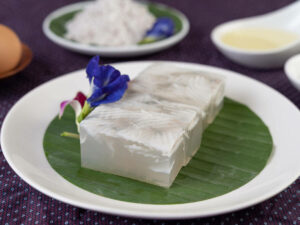
Rau Câu Dừa
A coconut jelly made from elastic agar powder and fresh coconut water.
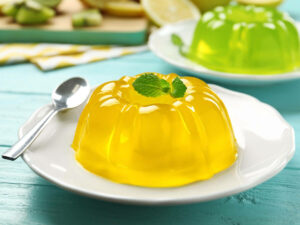
Rau Câu Trái Cây
A fruit jelly prepared with elastic agar powder and a variety of fruits, either one type or a mix.
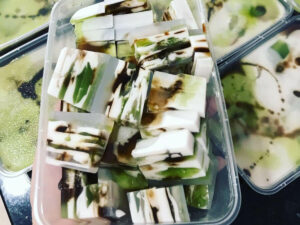
Rau Câu Sơn Thuỷ
Jelly style with a delightful blend of pandan leaf, coffee, and condensed milk flavors.
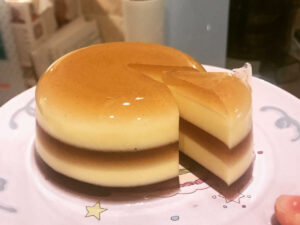
Rau Câu Bánh Flan
A combination of flan and jelly (rau câu) featuring multiple layers of jelly-like rau câu and creamy flan.
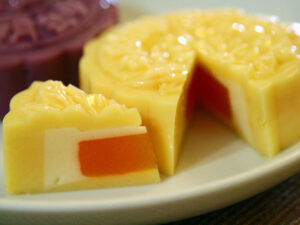
Bánh Trung Thu Rau Câu
Made with jelly
Has a similar filling like the baked mooncake
The filling is usually softer
Beyond its diverse styles, rau câu is also a good treat for your health, which will be explained further in the next section.
What Are the Benefits of Rau Câu?
Agar jelly is good for the skin and the immune system. It contains natural amino acids that help renew cells, prevent skin aging, and fight off inflammation and acne.
It’s also low in calories and sugar, offering carbohydrates and vitamin B for a healthy immune system and amino acids that support overall health.
On the other hand, Gelatin-based agar jelly can reduce bad cholesterol and improve joint health. Gelatin’s proteins, along with lithium, phosphorus, and copper, make bones stronger and denser.
While rau câu offers some health benefits when consumed correctly, it’s essential to be aware of its potential risks.
Pros and Cons of Eating Rau Câu
Let’s check the key advantages and disadvantages of this dessert below.
Pros
Cons


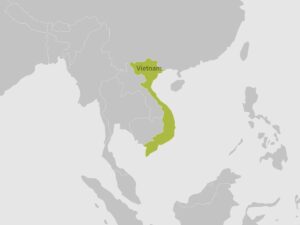
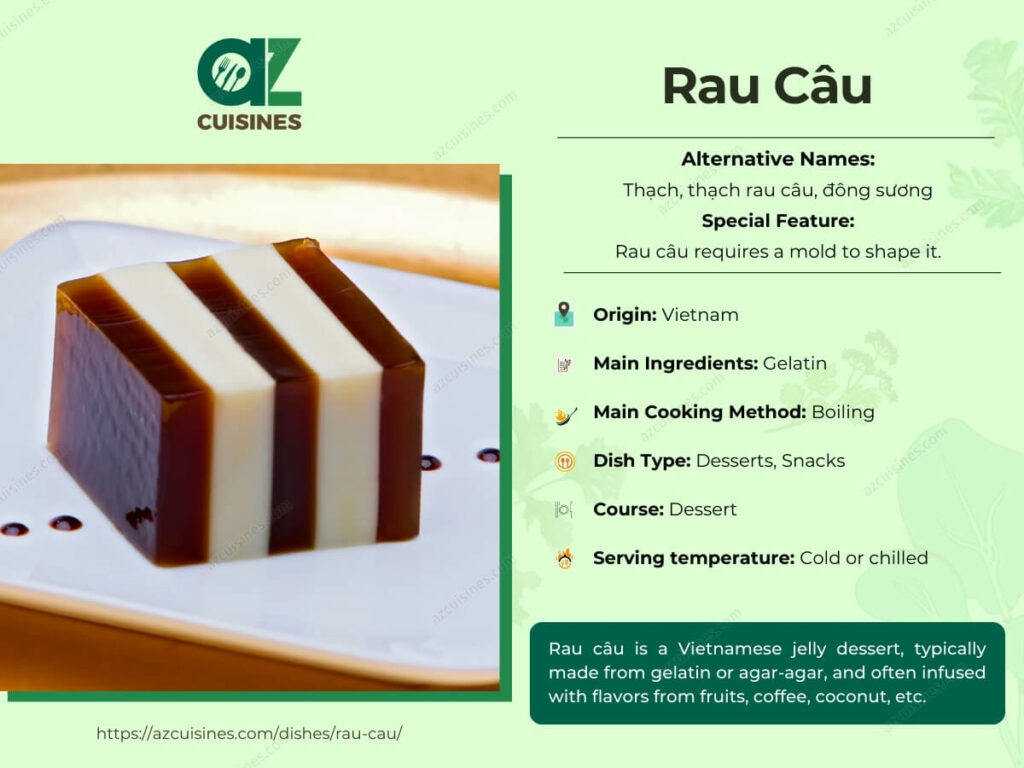
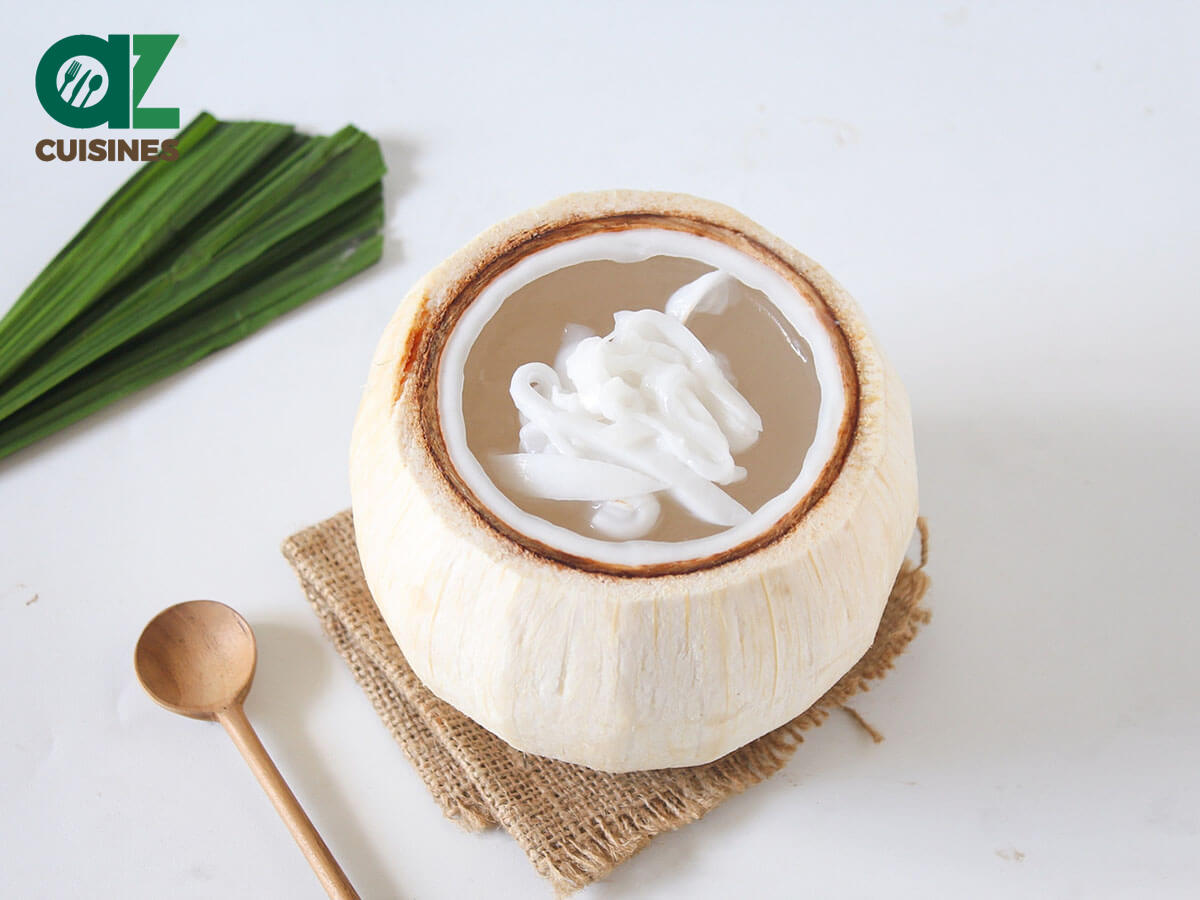
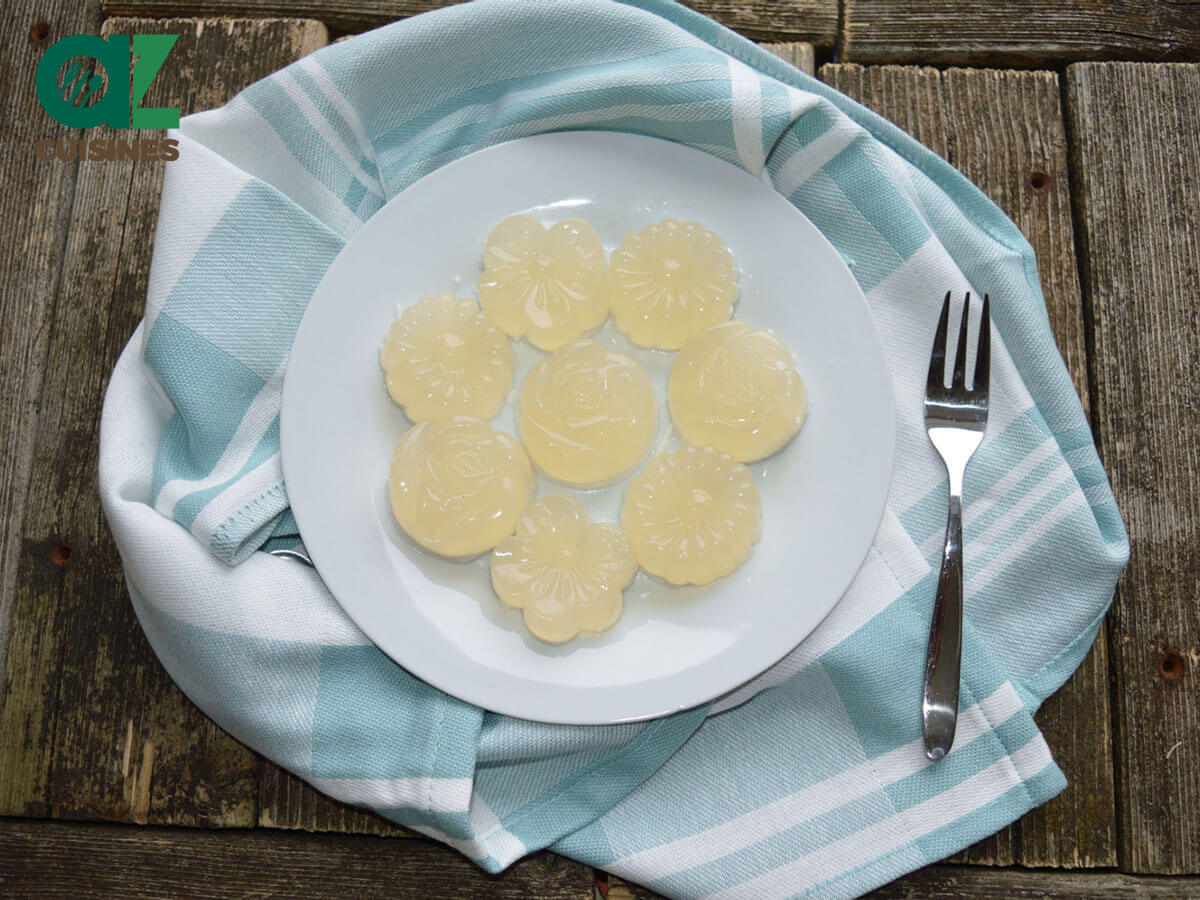
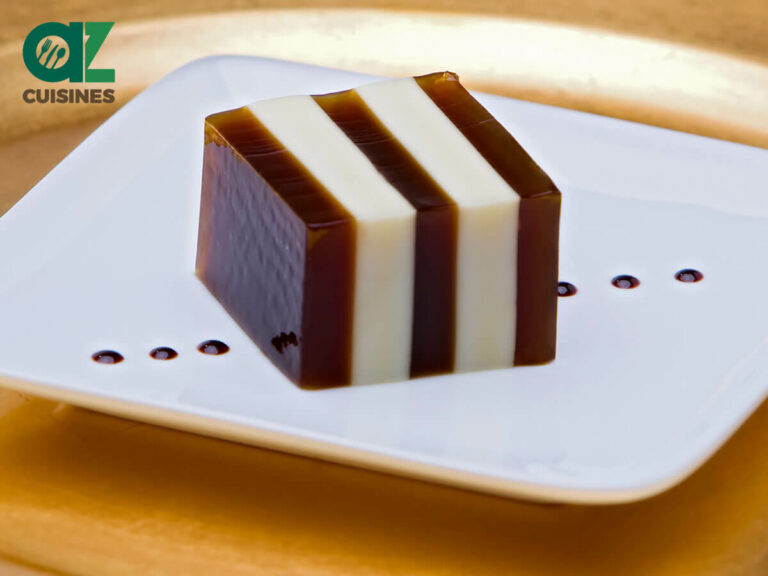
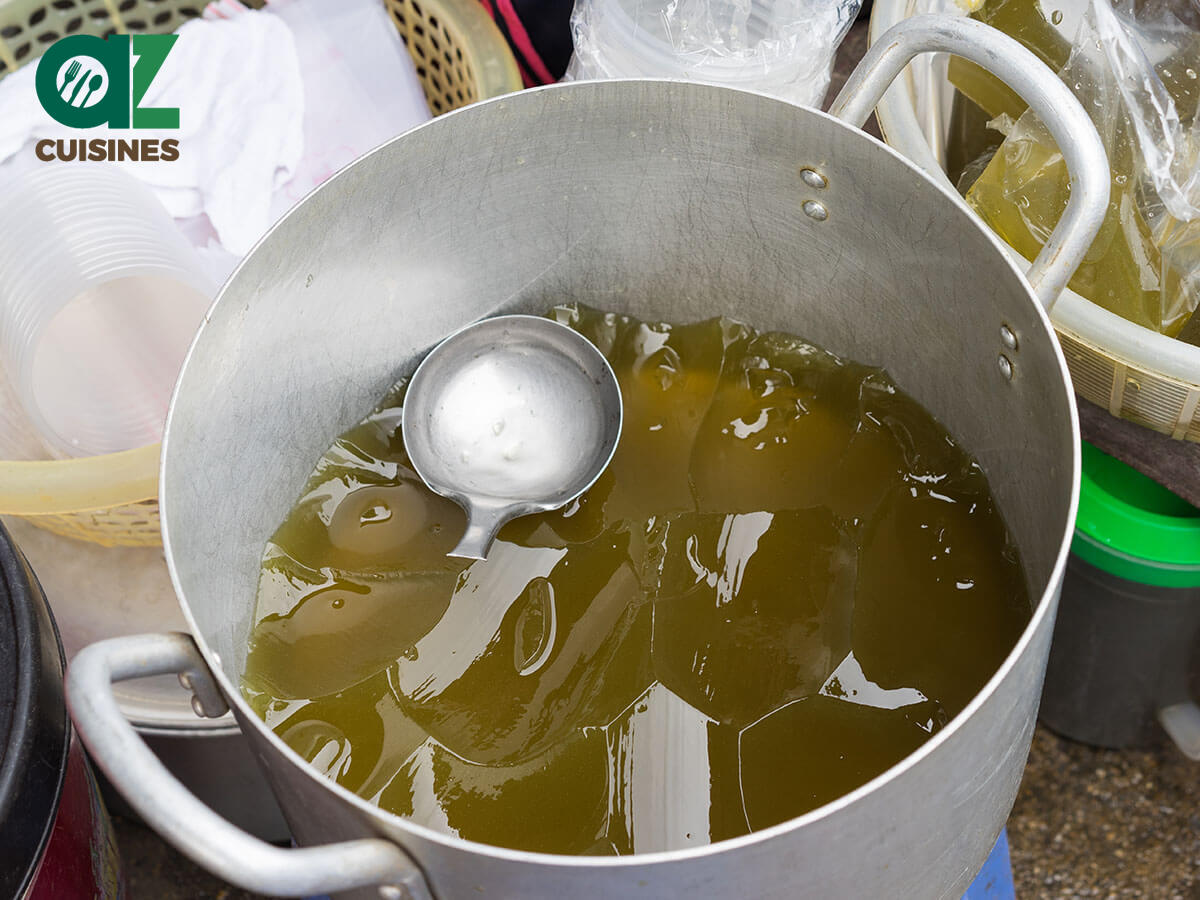
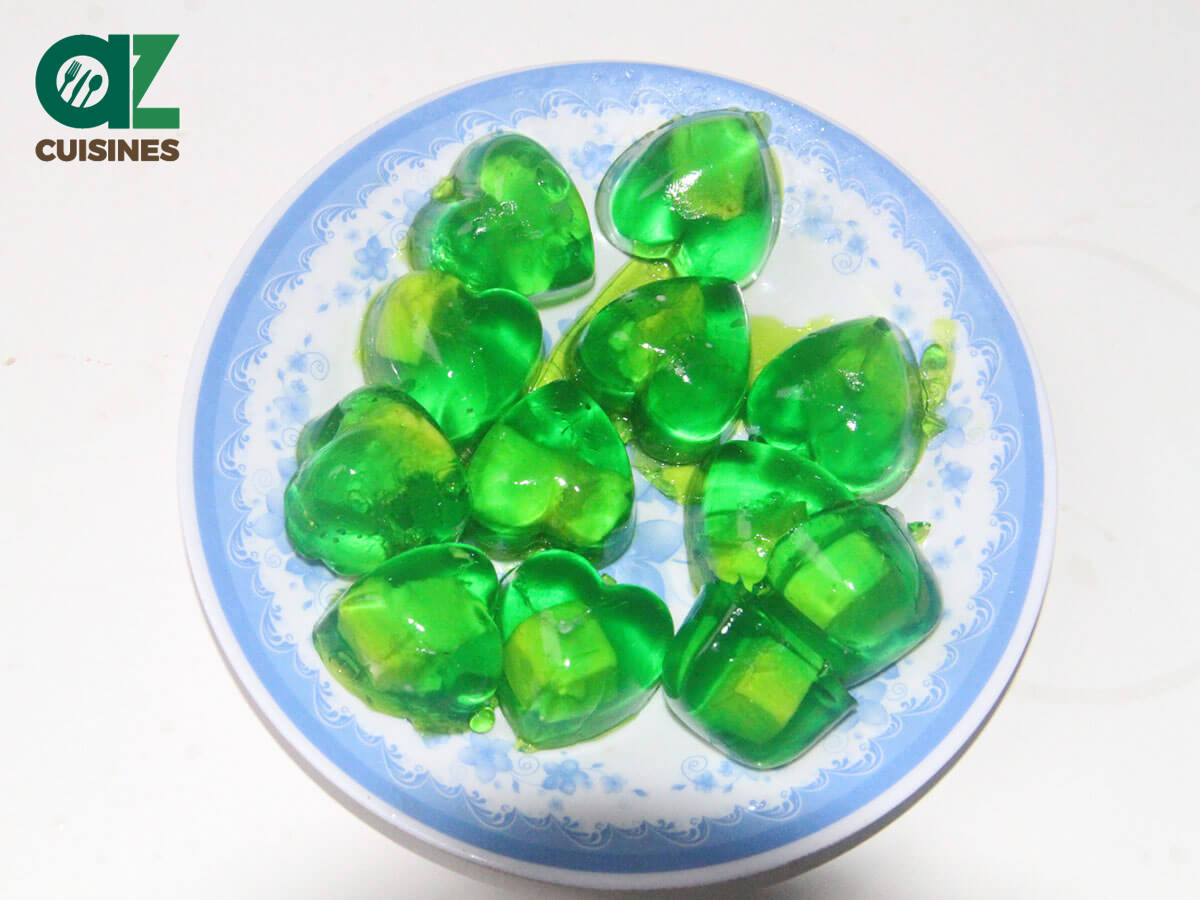
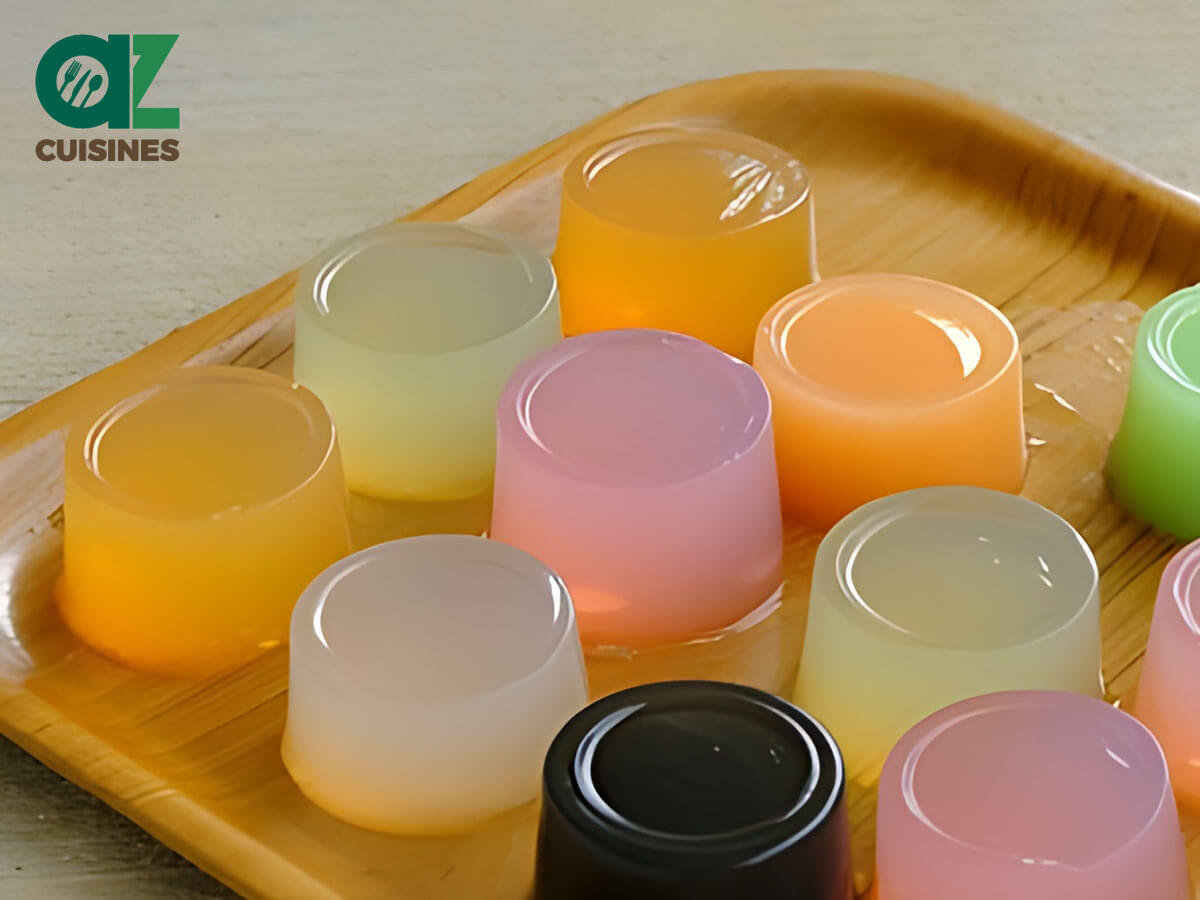
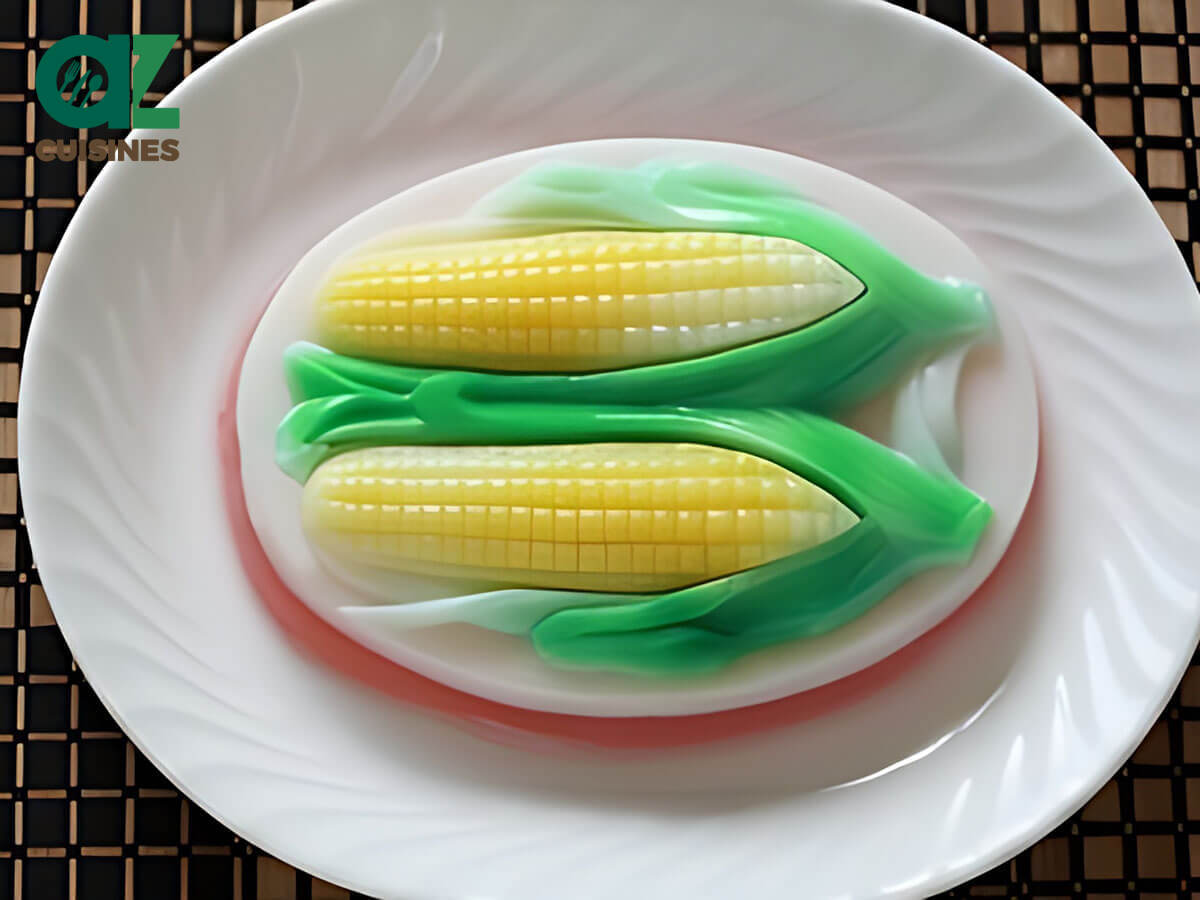
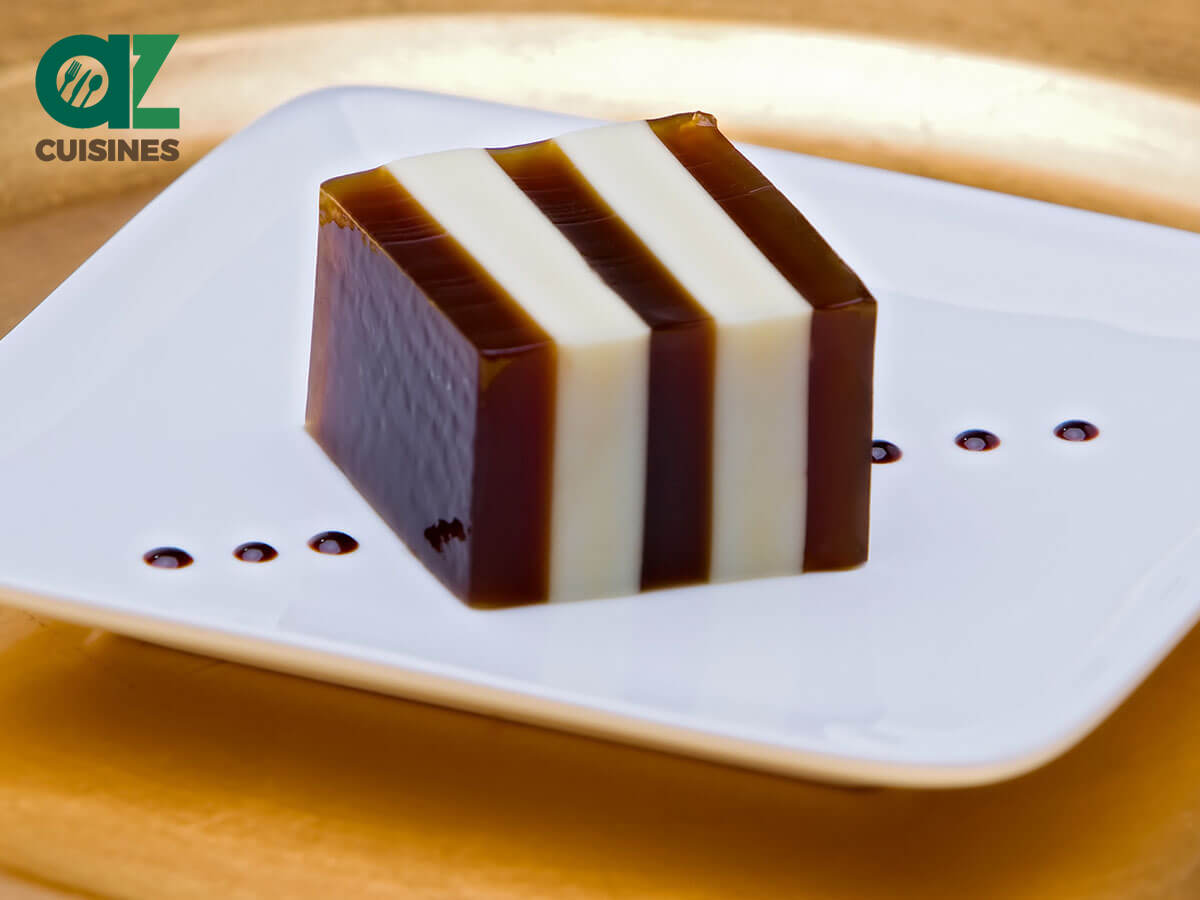
Truc Tran (Kris)
Senior Food Editor
Expertise
Home Cooking, Meal Planning, Recipe Development, Baking and Pastry, Food Editor, Cooking-video Maker, Vietnamese Food Evaluation Expert
Education
Truc Tran (Kris), an experienced food writer and editor, is great at exploring and describing global cuisines, from simple street food to fancy dining. In her writing, she skillfully mixes different flavors, cooking methods, and culinary traditions, showing the unique character of various cultures through their food and drinks. On azcuisines.com, Kris highlights her knowledge, especially in Asian cuisine and worldwide traditional dishes.